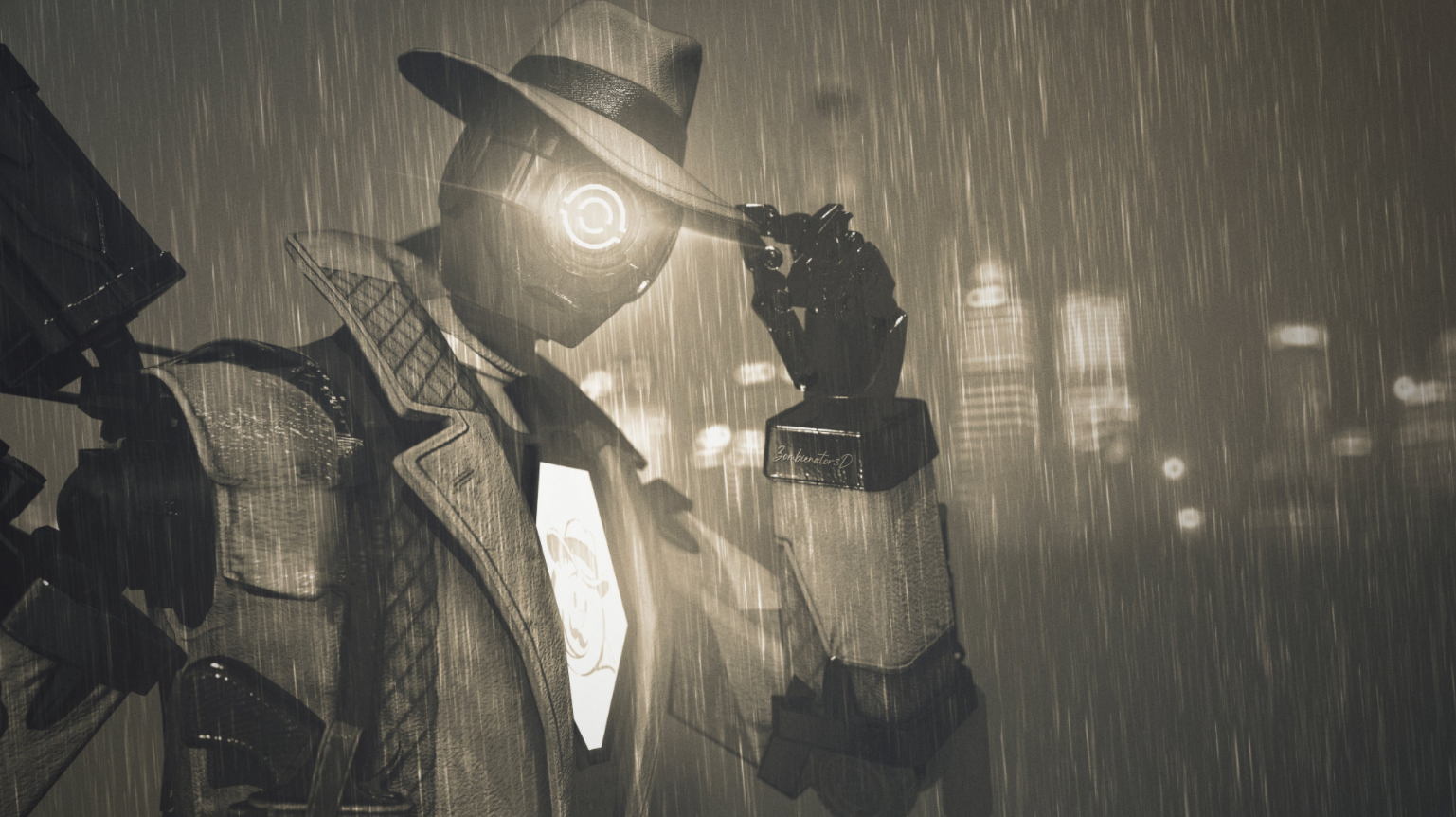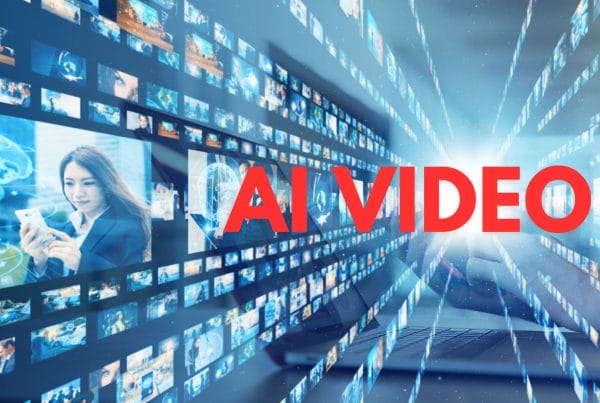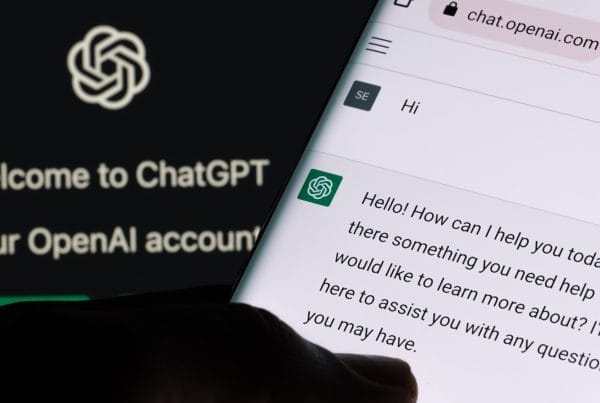Introduction
AI content detection has become increasingly crucial with the emergence of powerful generative tools anyone can use such as ChatGPT. There are huge amounts of AI generated content produced and consumed daily. We’ll try and explain how AI content detection tools such as Winston AI works and its significance in today’s world.
Understanding AI Content Detection
AI content detection refers to the use of machine learning algorithms to analyze and identify specific patterns or features within text data. These algorithms are designed to recognize various linguistic and semantic features and extract meaningful information from large volumes of text. The primary goal of AI content detection is to enhance the quality, relevance, and authenticity of available content.
How does AI Content Detection Works
There are several techniques used in AI content detection, and the most commonly used methods include Natural Language Processing (NLP), machine learning, and deep learning algorithms. The following is a step-by-step explanation of how AI content detection works:
- Learning to Read: AI writing detection starts with training a computer program to read and understand text. This is done using a technique called “natural language processing” or NLP. By analyzing vast amounts of text, the AI learns the patterns, structures, and nuances of human language.
- Recognizing Patterns: Once the AI has a good understanding of human language, it moves on to comparing human-written text with computer-generated text. This involves identifying the unique characteristics that make human writing different from AI-generated content. For example, humans tend to use more variety in their sentence structures and word choices, while AI-generated text might be more repetitive.
- Making Predictions: With its newfound knowledge, the AI writing detection program can now make educated guesses about whether a piece of text was written by a human or a machine. It does this by analyzing the text and looking for specific patterns and clues that give it away.
- Scoring the Text: Based on its analysis, the AI assigns a score to the text indicating the likelihood that it was written by a human or an AI. The higher the score, the more confident the AI is that the content was written by a human. If the score is low, it’s more likely that the text was generated by a machine.
- Continuous Learning: AI writing detection is a constantly evolving field. As AI-generated content becomes more advanced, AI writing detection systems need to keep learning and improving to stay one step ahead. This is done by regularly updating the AI’s training data with new examples of human and AI-generated text.
AI Content Detection Applications
AI content detection has numerous applications in today’s digital landscape, some of which include:
- Originality Detection and integrity: AI algorithms can efficiently identify original content by comparing it to a vast database of existing content sources. This ensures the authenticity and originality of the content across various platforms.
- Content Moderation: AI algorithms can be used to monitor and filter user-generated content on social media platforms, forums, and websites, ensuring that the content complies with community guidelines and standards.
- Sentiment Analysis: AI content detection can be used to understand the sentiment or emotion behind a piece of content, which can be valuable for market research, brand monitoring, and public opinion analysis.
Conclusion
AI content detection has become an essential tool in the age of generative AI, ensuring the quality, relevance, and authenticity of content across various platforms. By leveraging advanced techniques like Natural Language Processing, machine learning, and deep learning algorithms, AI content detection can effectively analyze and identify specific patterns within text data, leading to improved content detection and moderation. As artificial intelligence continues to evolve, we can expect AI content detection to become even more sophisticated and efficient in the years to come.



